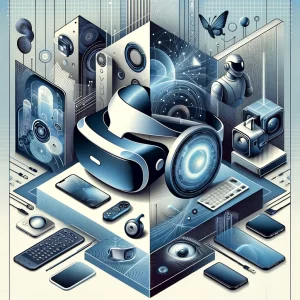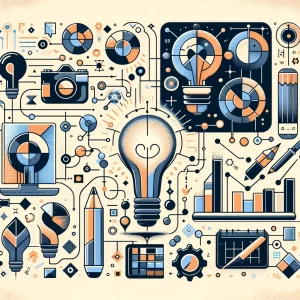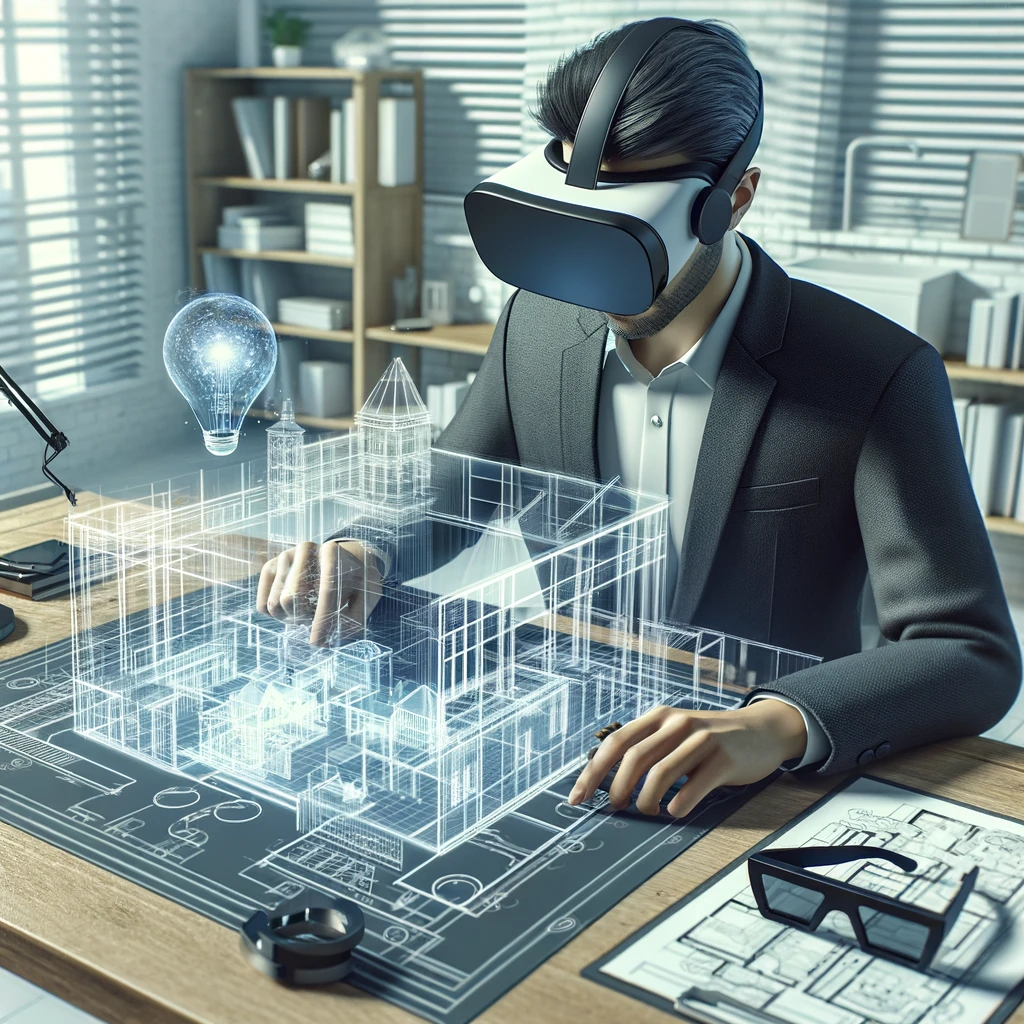
Virtual Reality (VR) and Augmented Reality (AR) technologies are completely transforming the design world, offering immersive experiences that enable more personal and engaging connections with virtual objects and environments. Given their potential, it’s no exaggeration to say that VR and AR are the future of the design industry.
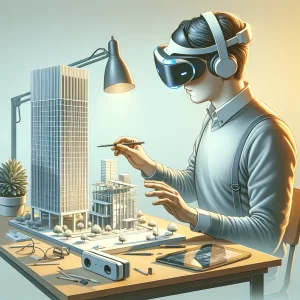
When it comes to interior and architectural design, VR and AR help designers to create, modify, and visualize space in an intuitive way that was not possible with conventional methods. Complex structures can be represented realistically, empowering designers and clients with the ability to walk-through spaces even before they exist in reality. For example, VR tool like Tilt Brush by Google allows architects and designers to design in 3D space using virtual reality, while AR application Ikea Place lets users virtually ‘place’ Ikea products in their space at home.
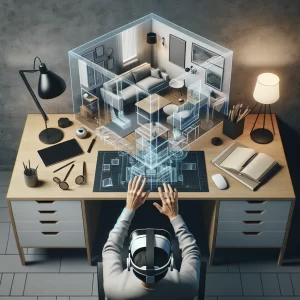
In the field of product and graphic design, VR and AR are a game changer. Detailed product models can be visualized and interacted with in a simulated real-world environment. This significantly helps in early detection of design flaws and enhances the overall design accuracy and efficiency. For instance, tools like Adobe Aero provide designers with an intuitive way to create interactive AR experiences.
A number of renowned brands have leveraged the power of VR and AR in their design processes – Tesla, for instance, leverages VR technology for the assembly line layout in their factories, while graphic designers at Snapchat use AR technology extensively to create interactive filter experiences for millions of users.

Looking forward, the application of VR and AR technologies in design are set to become more prevalent. As these technologies continue to advance and become more accessible, the boundaries of what can be achieved in design will be pushed even further. Ultimately, VR and AR technologies are set to take the design world into a new dimension, creating greater design possibilities than ever before.



